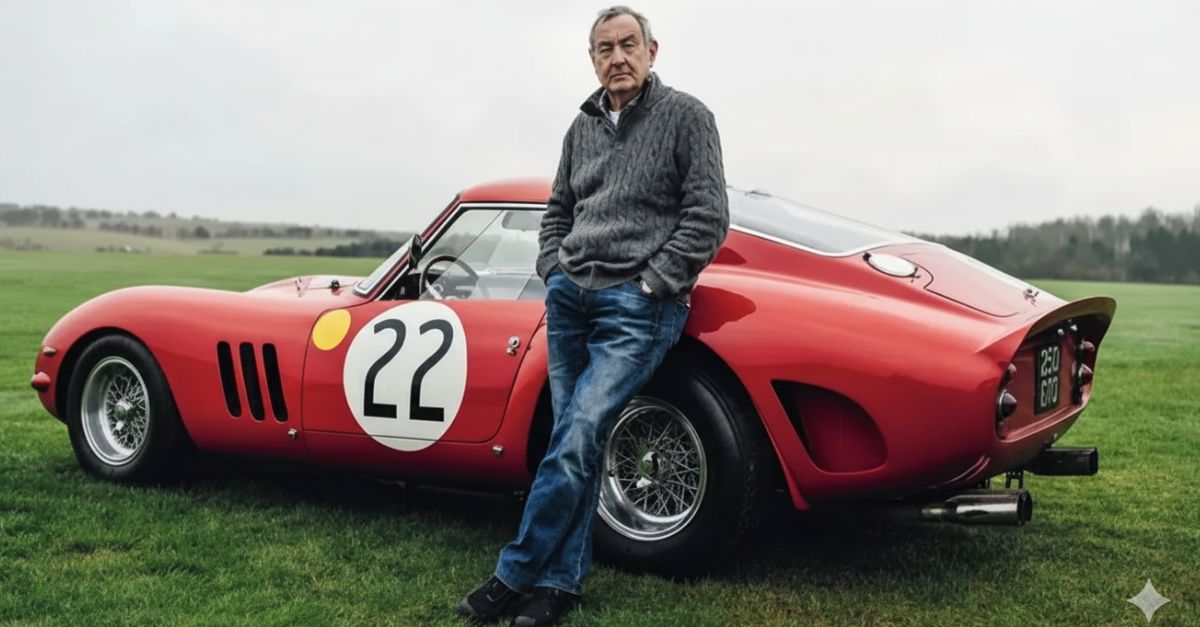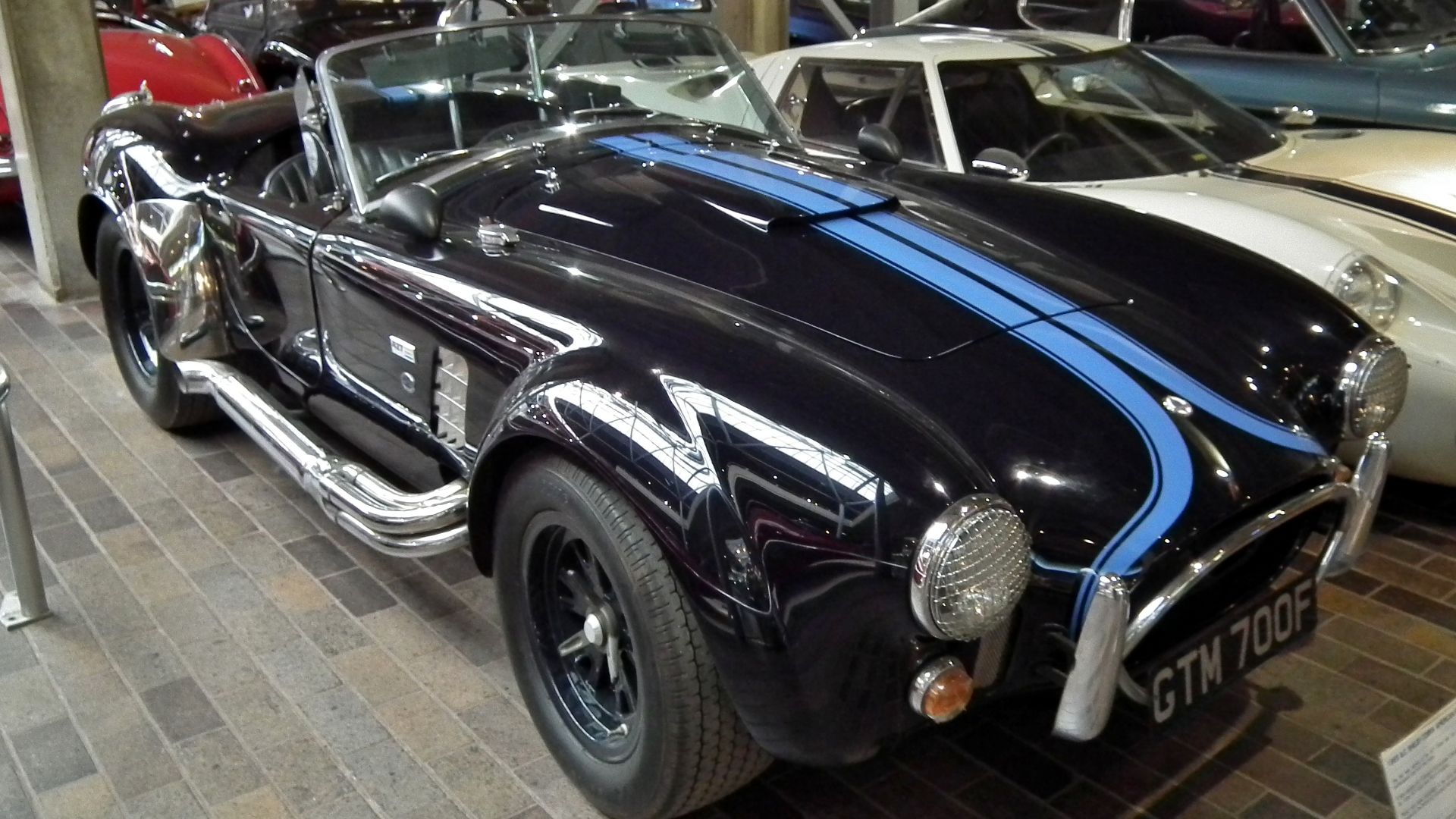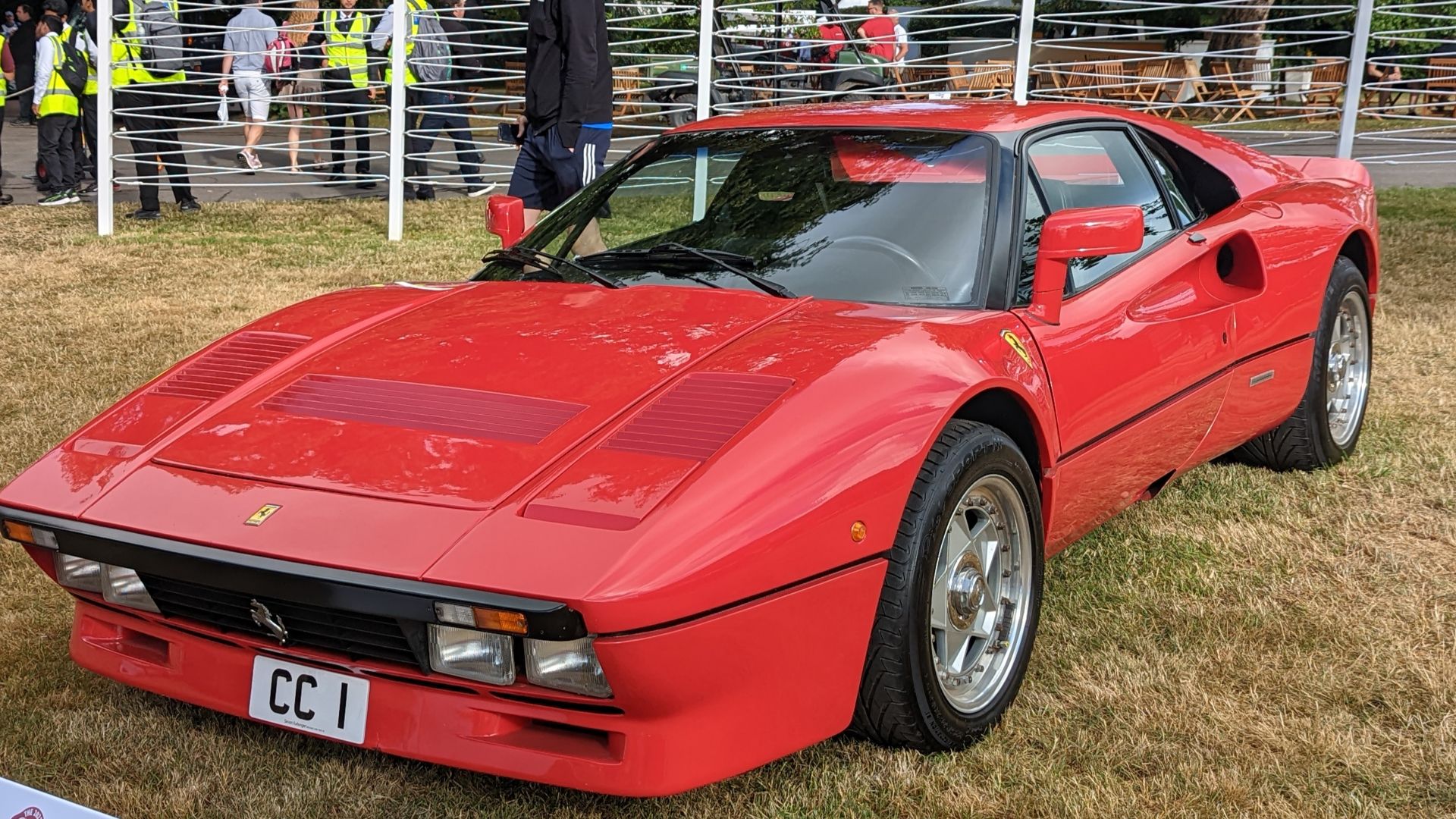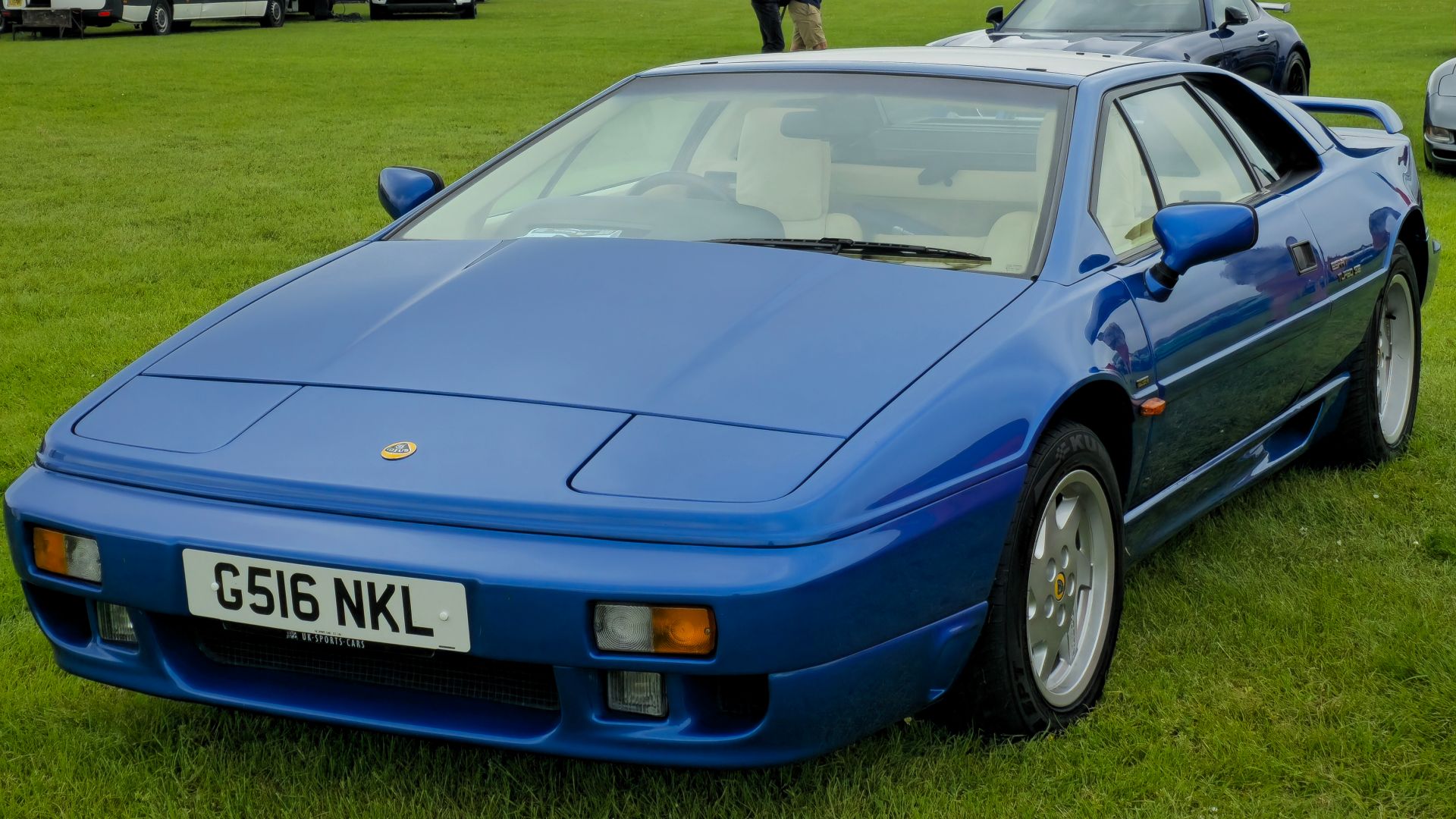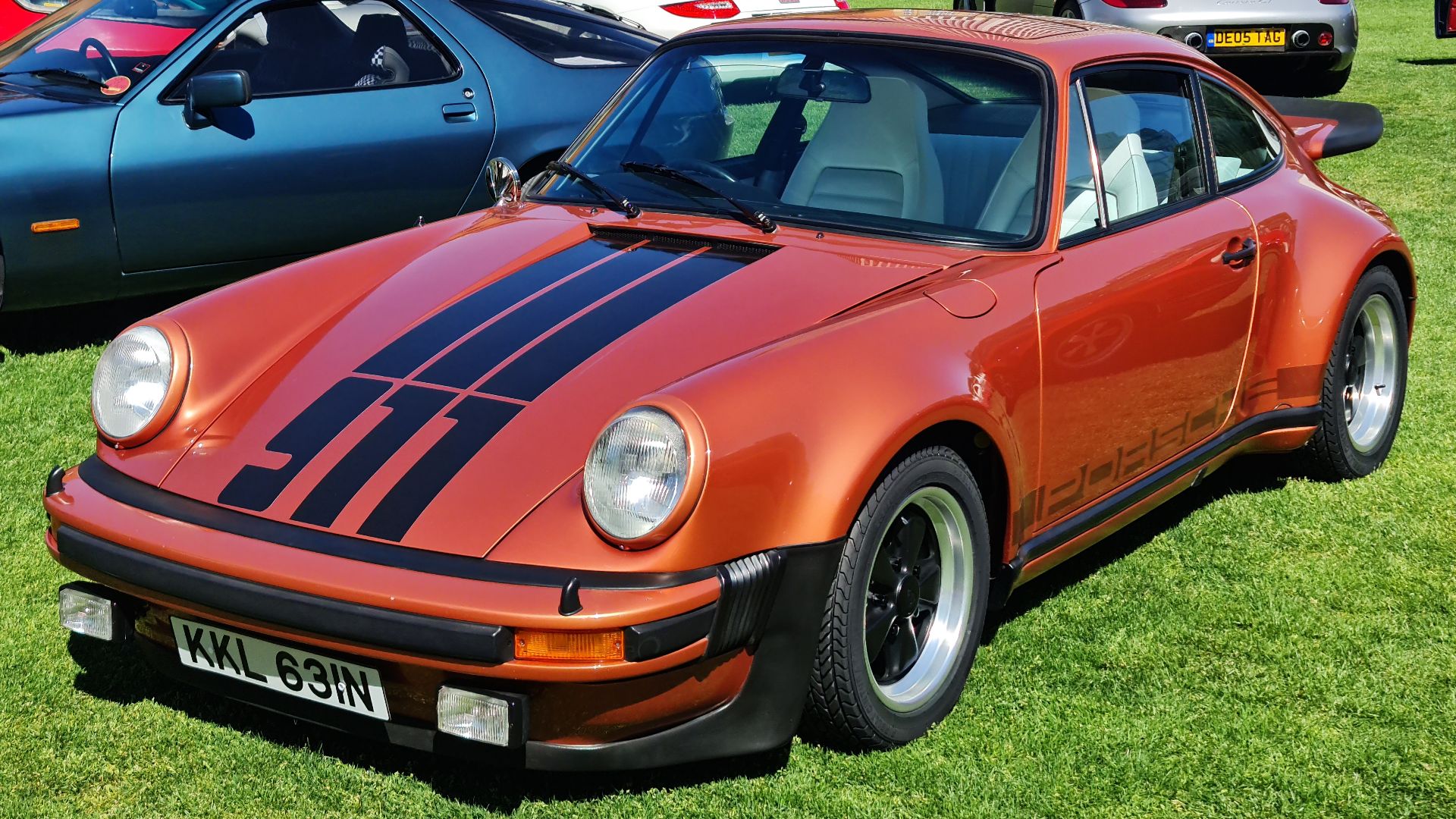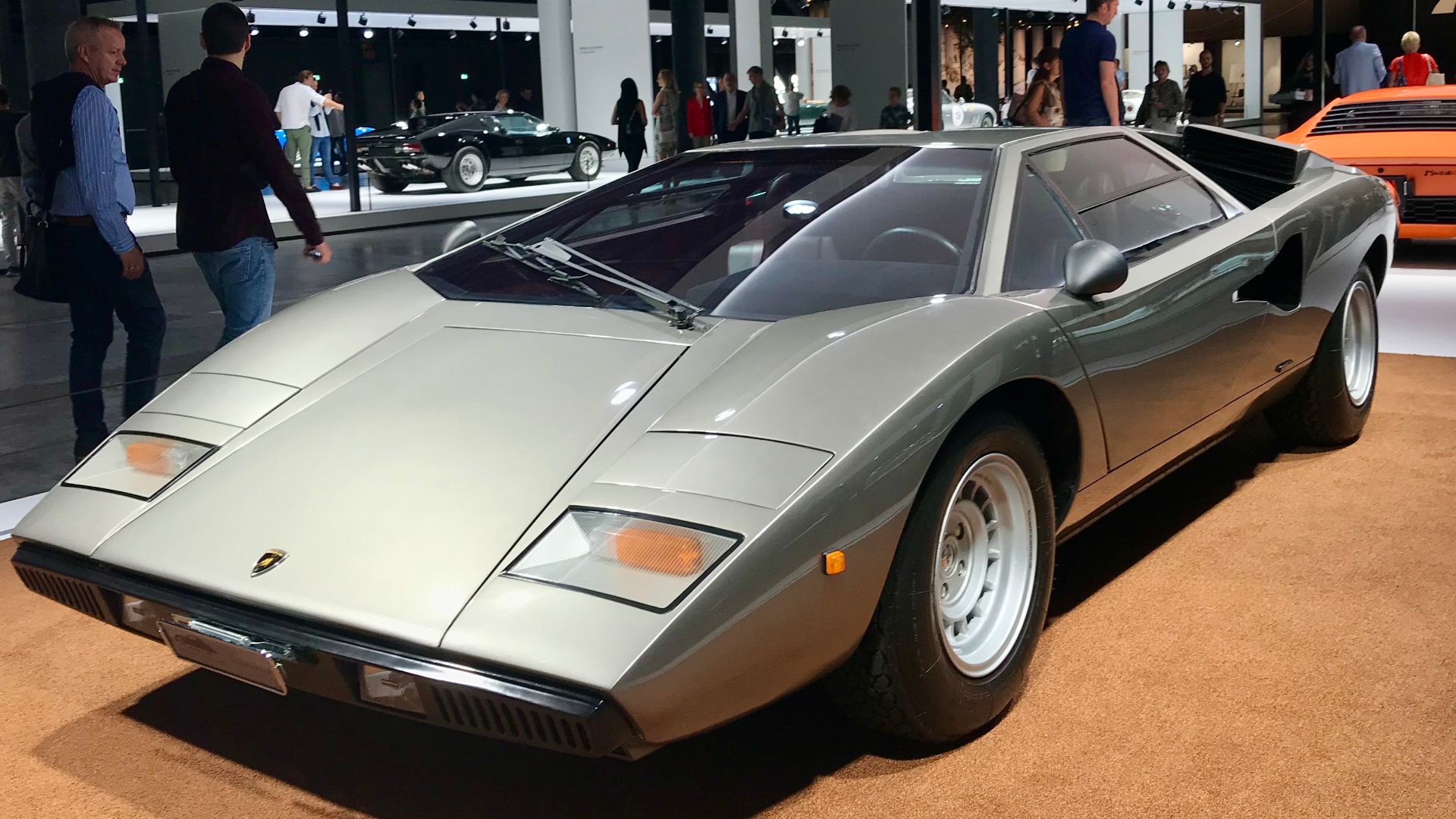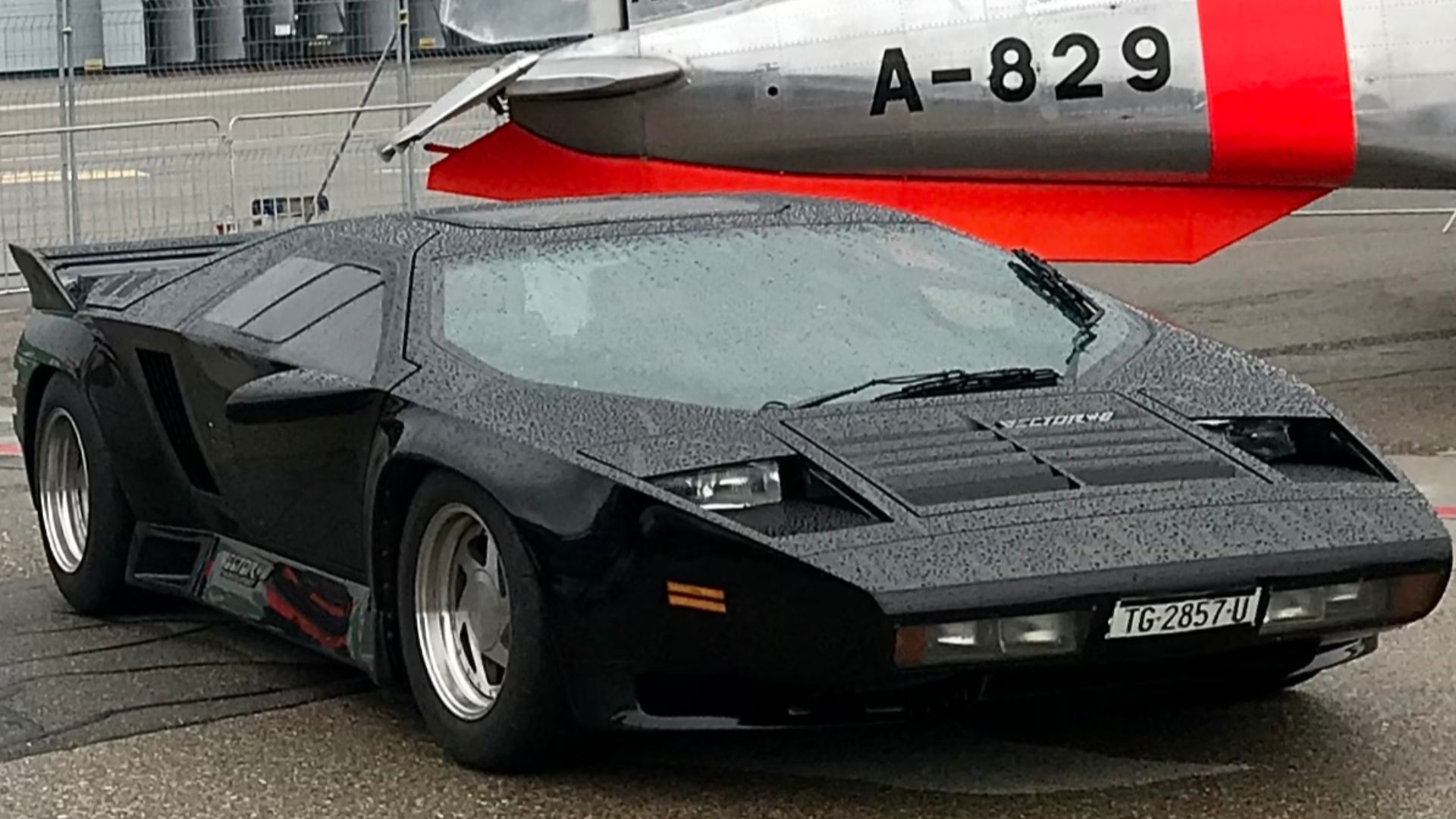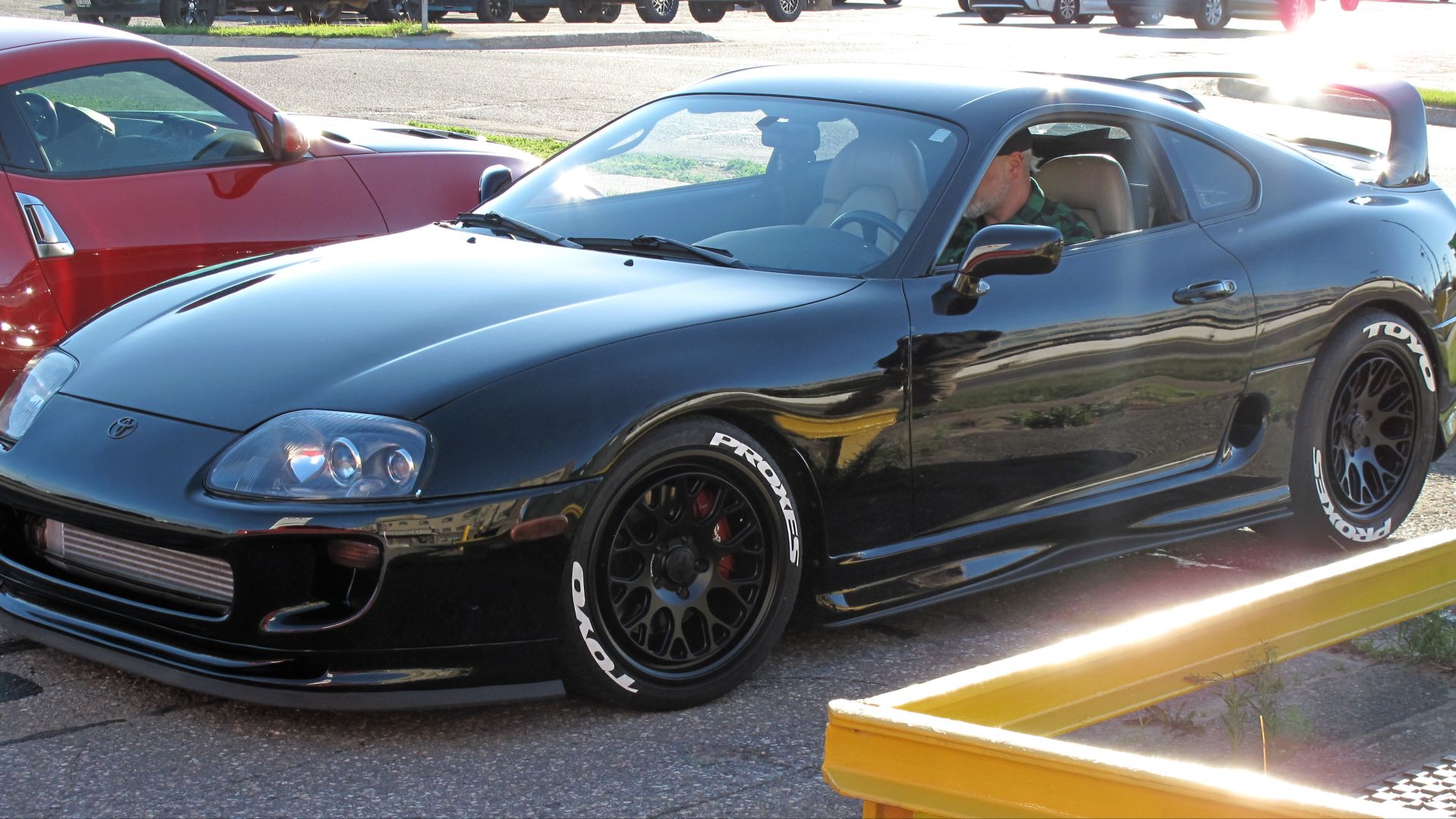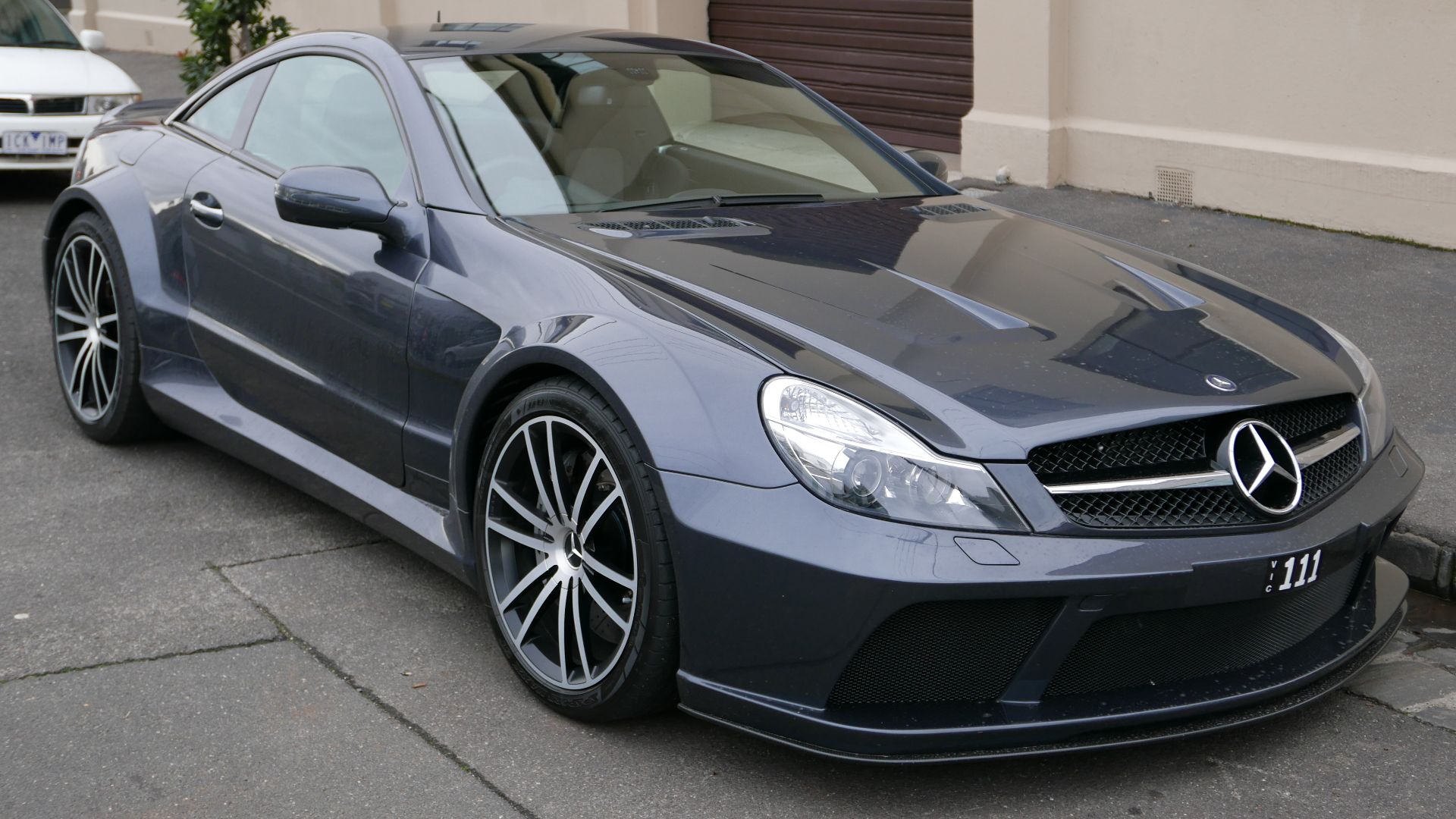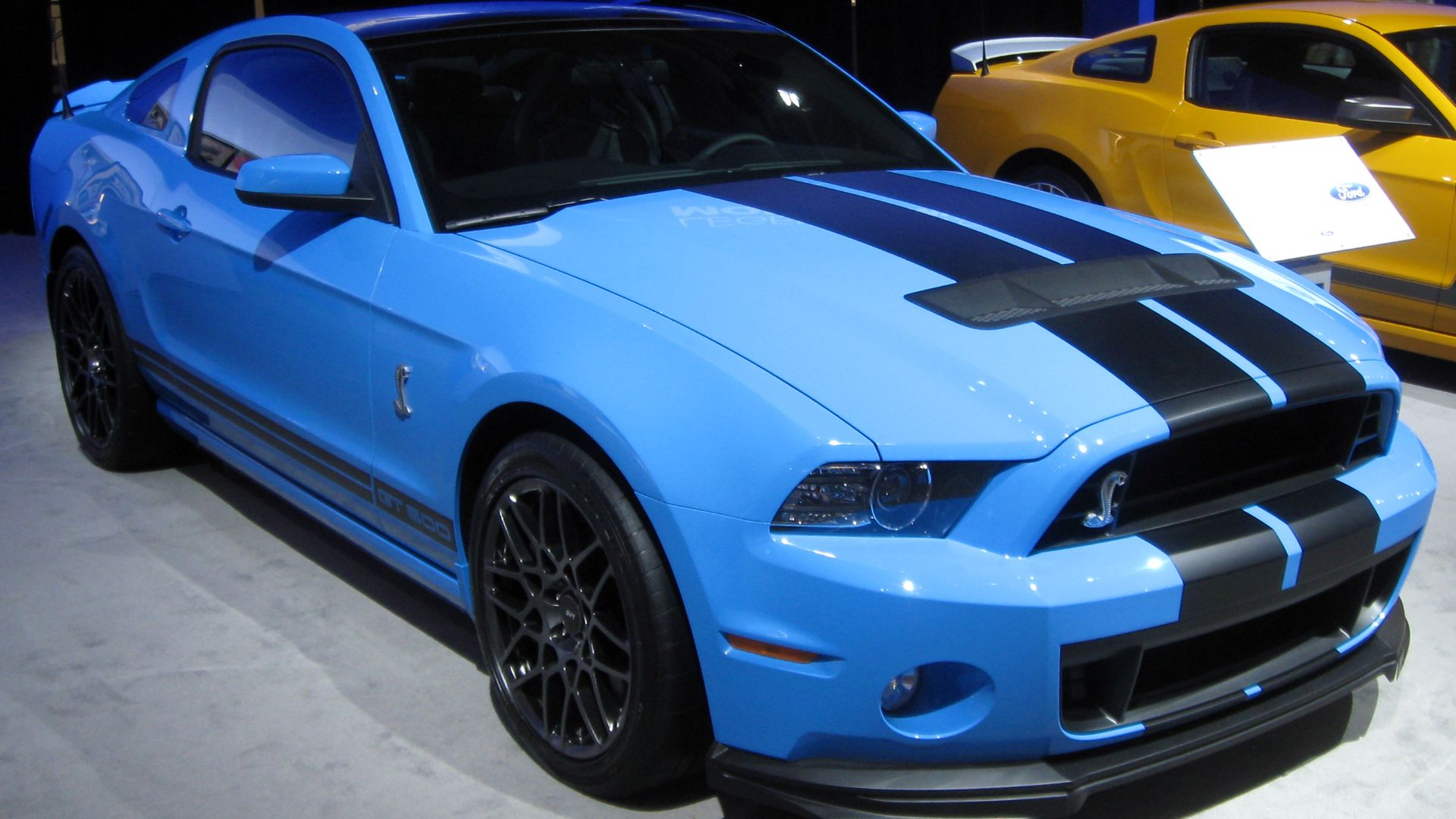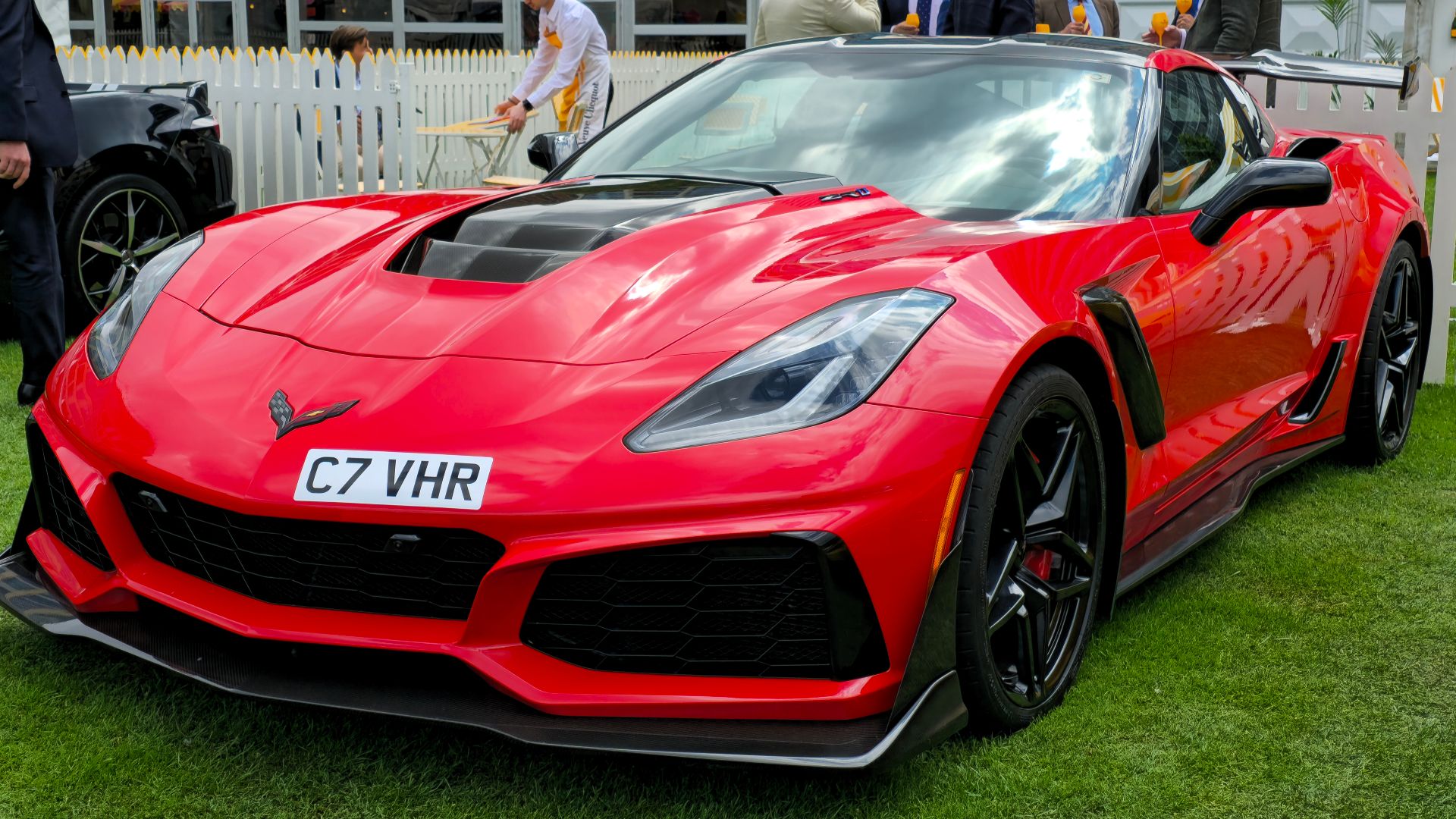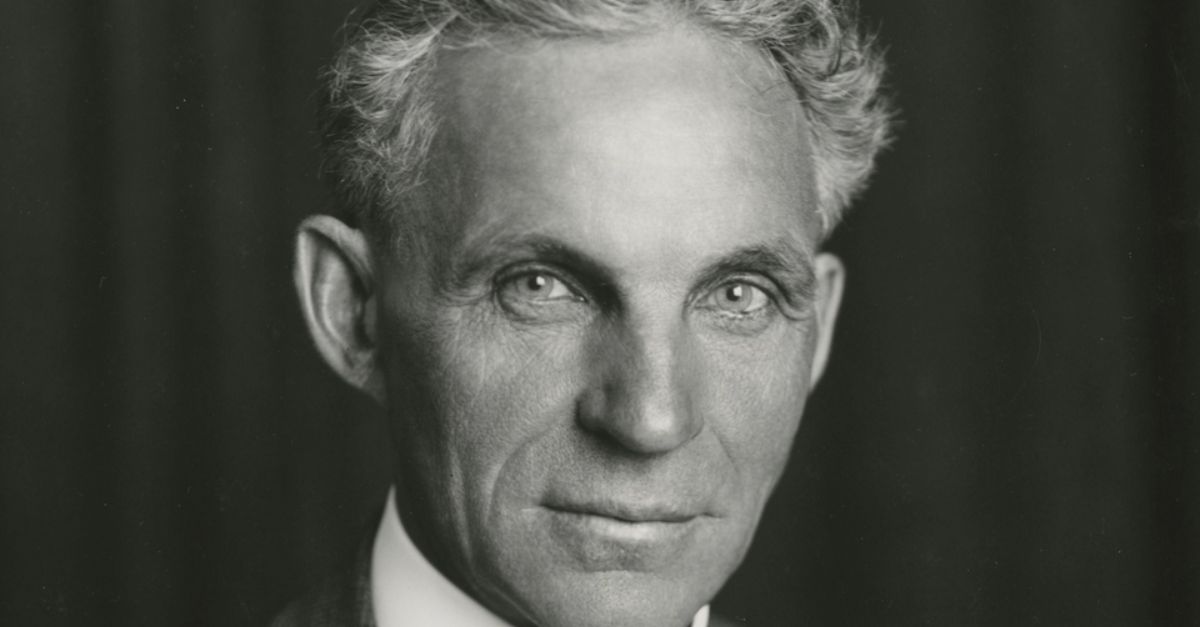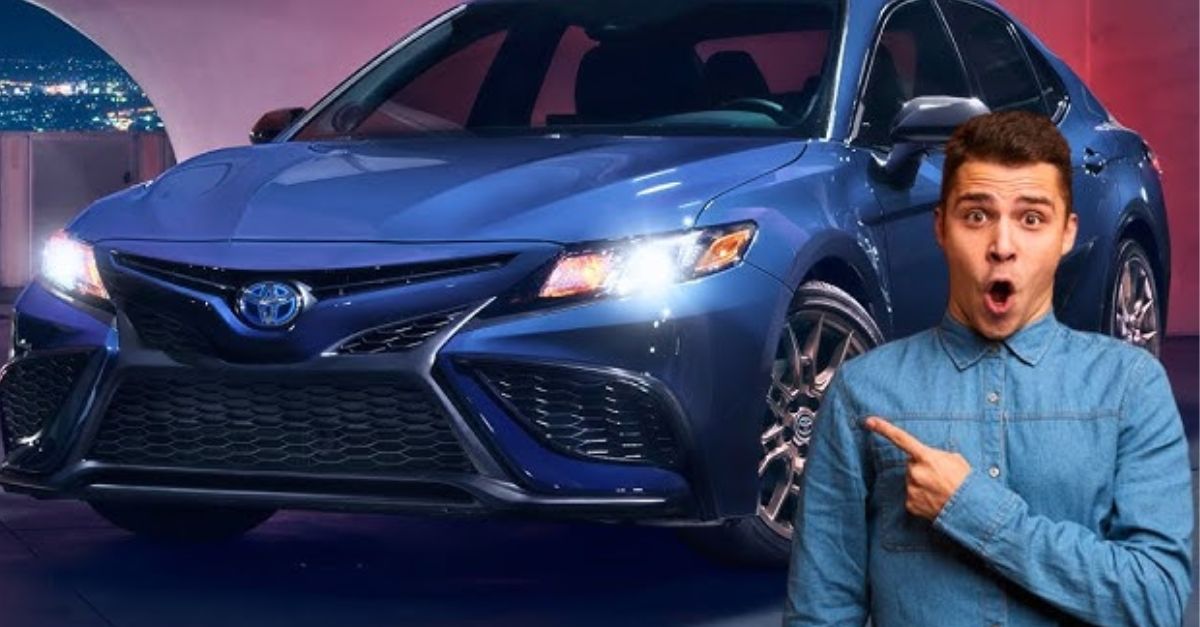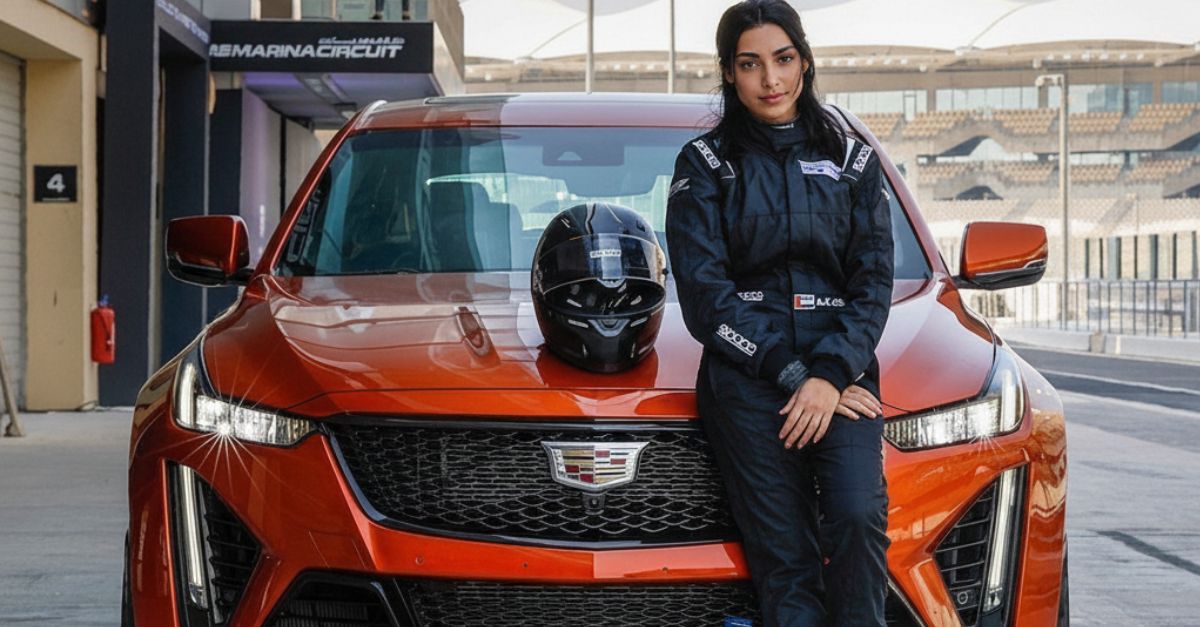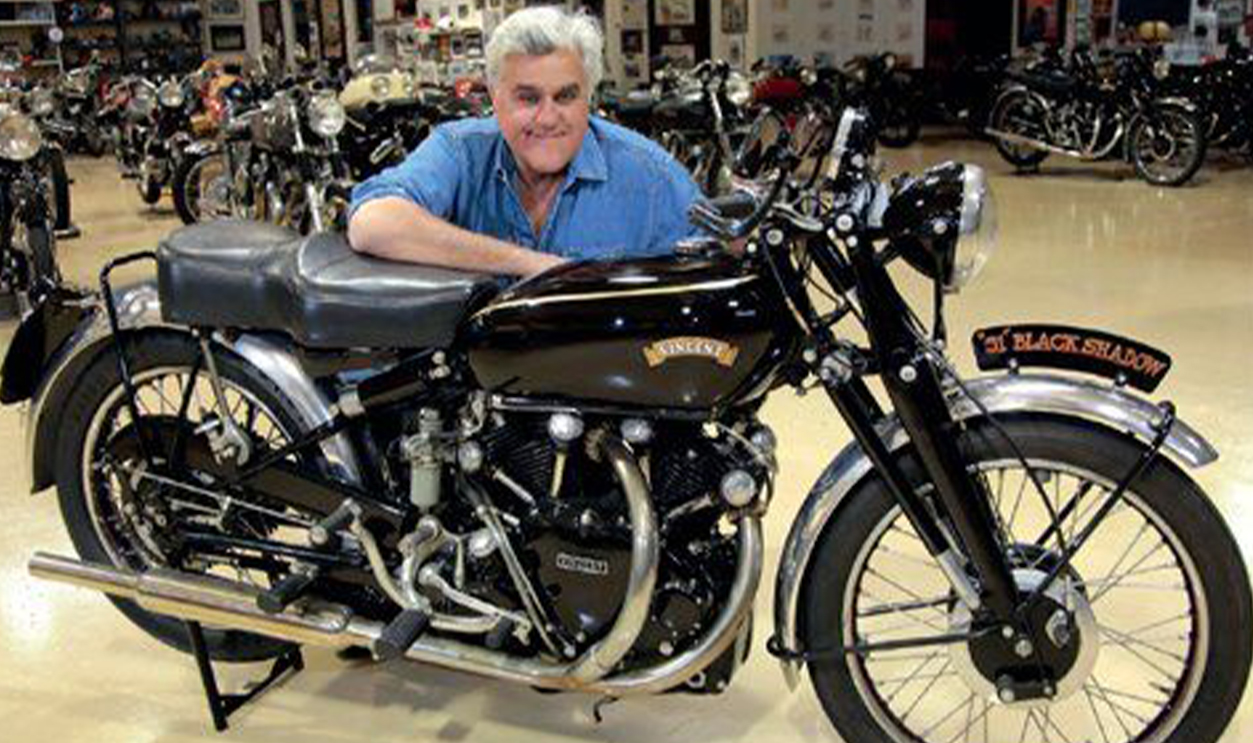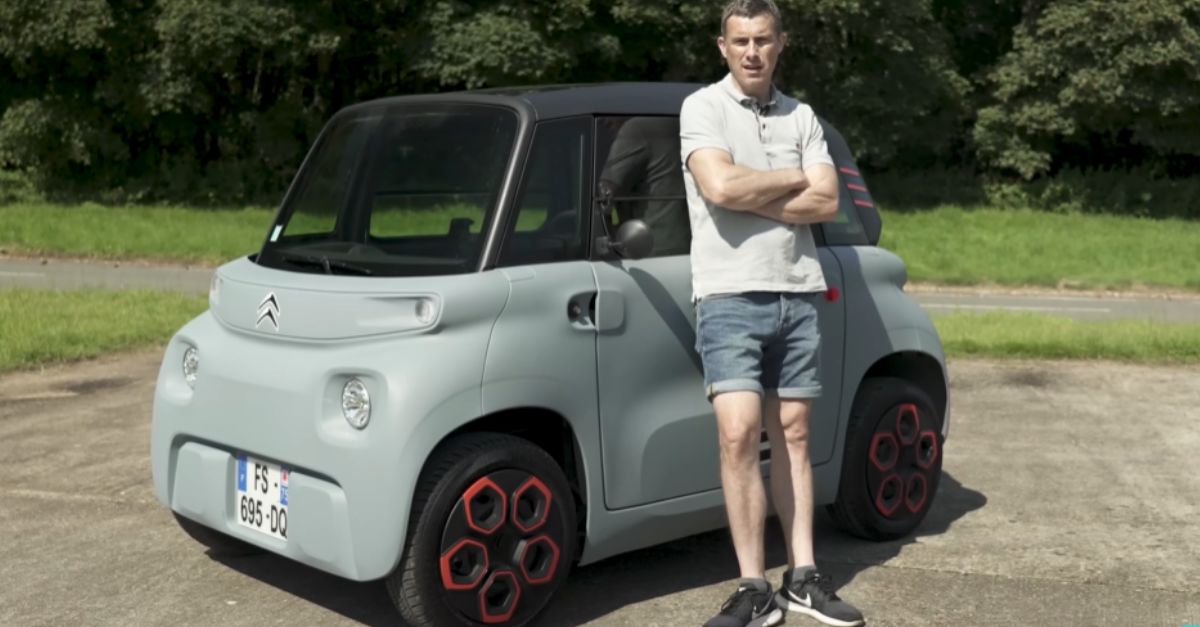When The Threshold Was Just A Pitstop
Some sports cars just had it figured out early. Engineers dreamed bigger and created machines that felt years ahead of what anyone expected back then. These 25 legends moved the needle for performance itself.
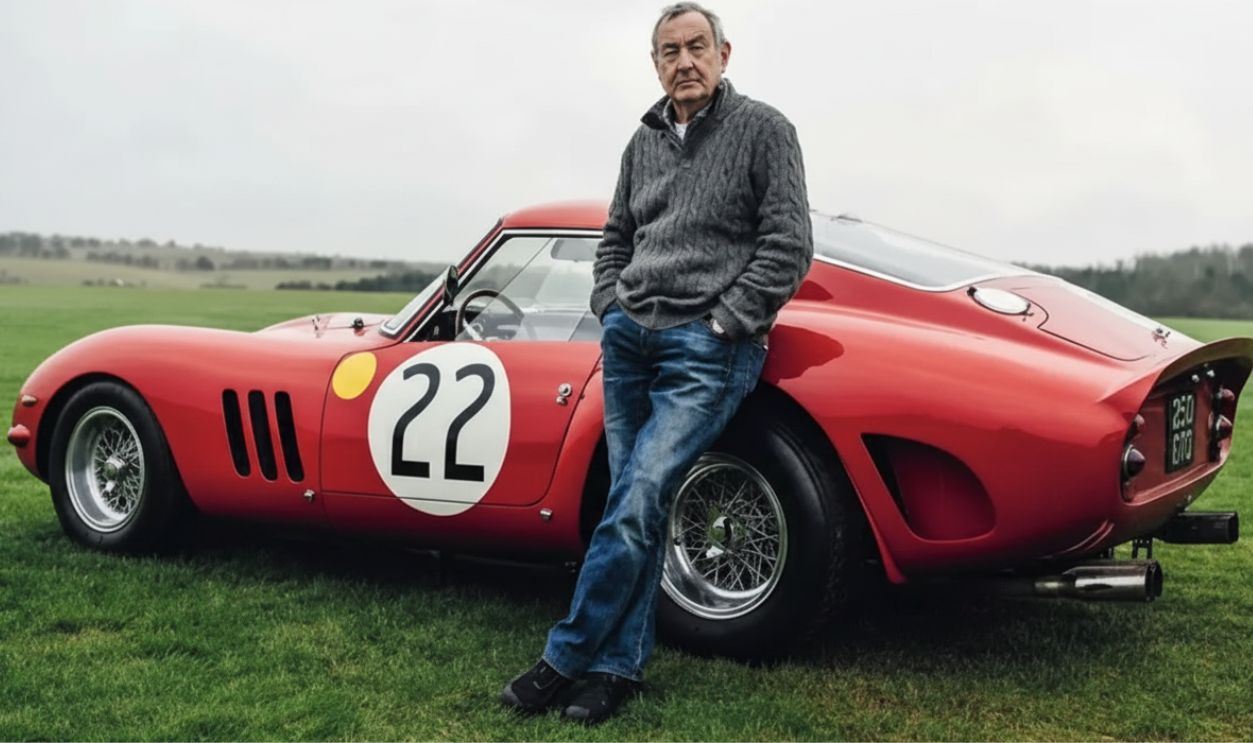
Shelby Cobra 427 (1965)
Engineering elegance met raw power in the Shelby Cobra 427, where a lithe aluminum body and tubular steel frame created the perfect canvas for Ford's thunderous 427 V8. This 485-horsepower masterpiece hit 60 mph in under four seconds, with only 343 examples built.
Ferrari 250 GTO (1962)
With just thirty-six ever crafted, the Ferrari 250 GTO remains one of the world’s most coveted cars. Born for FIA Group 3 racing, its 3.0-liter V12 produced 300 horsepower, pushing the sleek coupe to 174 mph while blending beauty and engineering mastery.
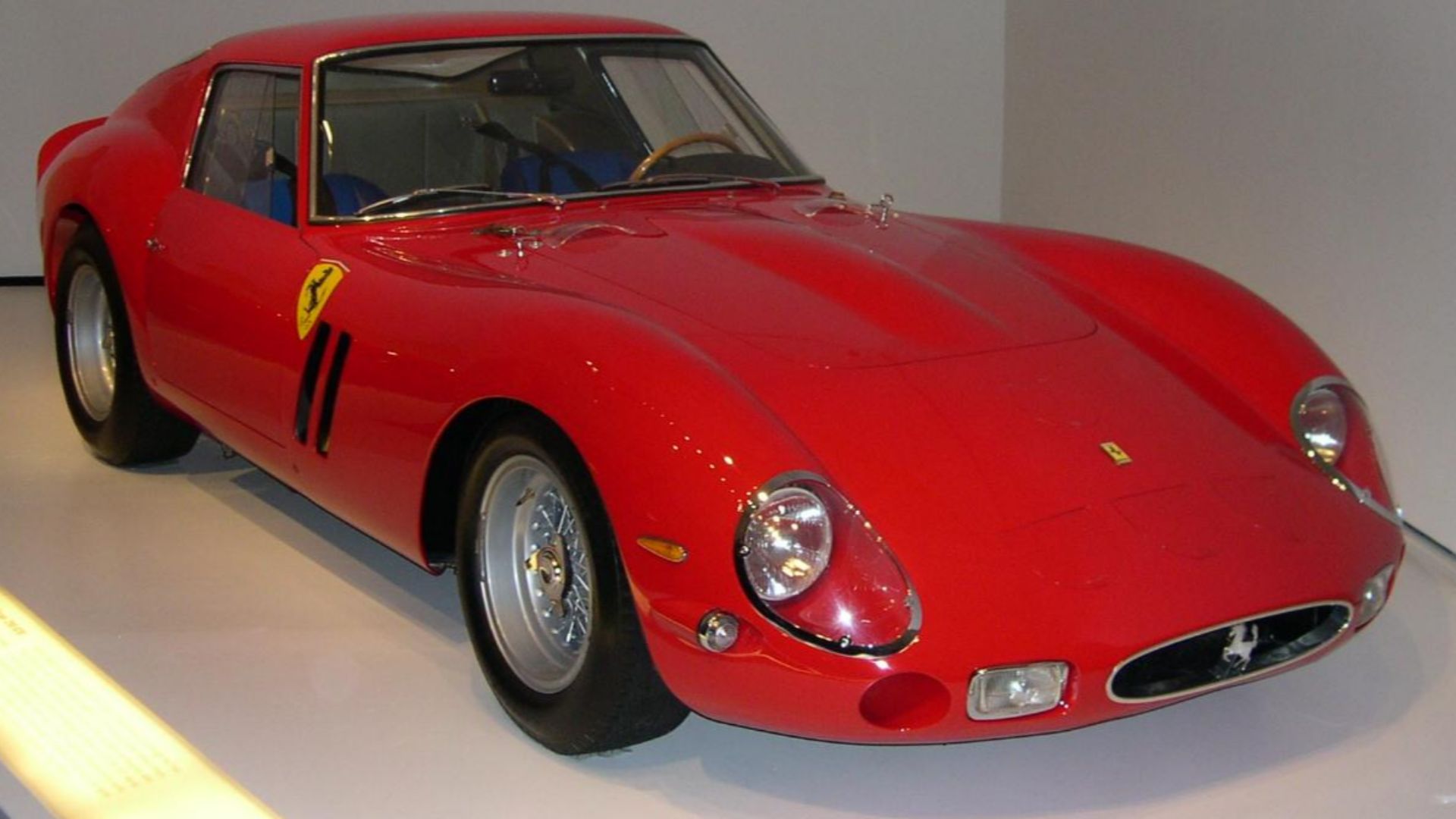 Sfoskett~commonswiki, Wikimedia Commons
Sfoskett~commonswiki, Wikimedia Commons
Lamborghini Miura P400 (1966)
Before 1966, supercars kept engines up front—until Lamborghini’s Miura P400 changed everything. Its 3.9-liter V12 sat behind the driver, outputting 350 horsepower and 171 mph of fury. Marcello Gandini’s Bertone design became the new template for every exotic to follow.
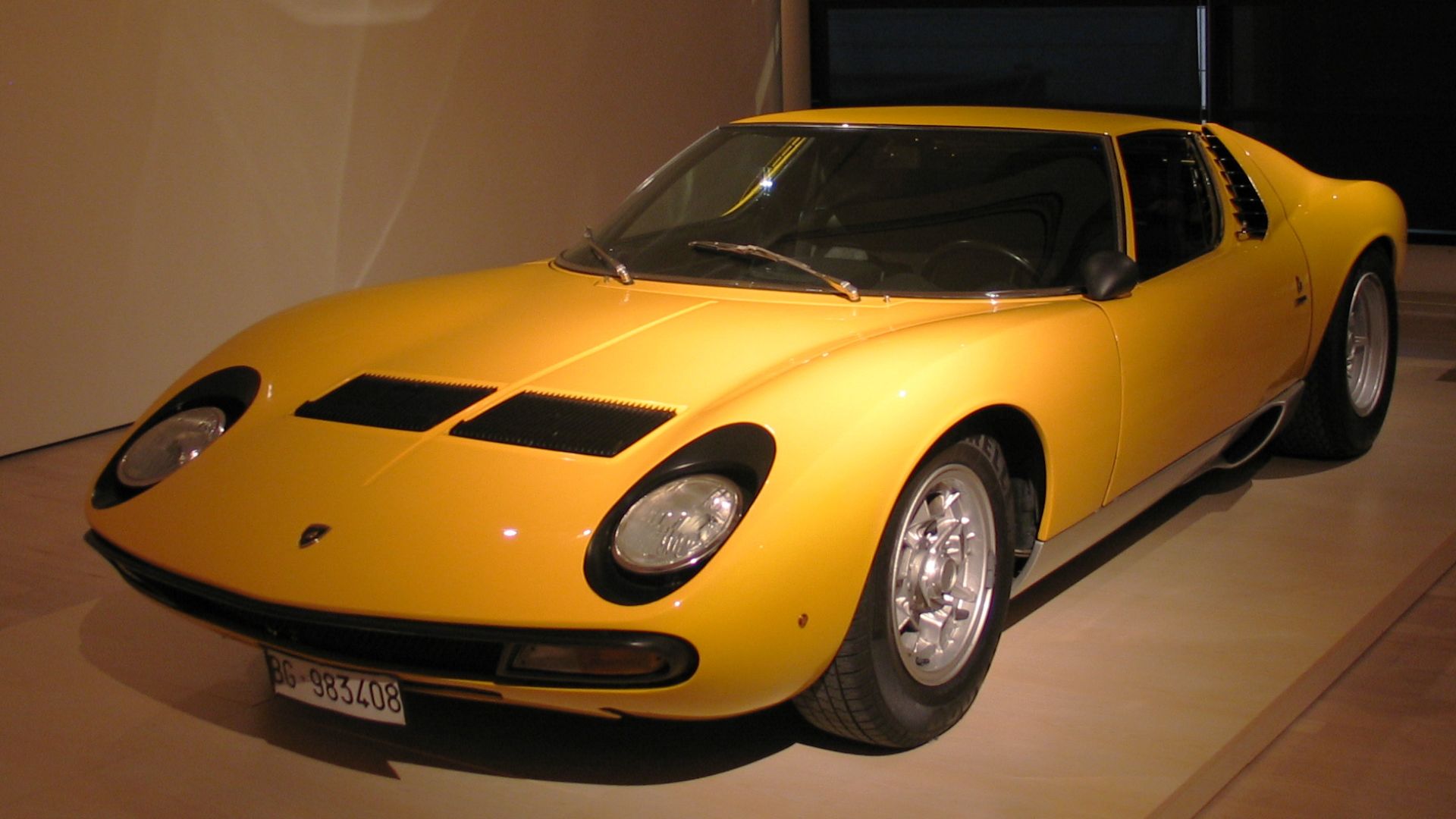 Davide Oliva from Italy, Wikimedia Commons
Davide Oliva from Italy, Wikimedia Commons
Porsche 911 Carrera RS 2.7 (1973)
Built in 1,580 examples for racing homologation, the 911 Carrera RS 2.7 defined Porsche’s precision. A 2.7-liter flat-six delivered 210 horsepower, while a 2,369.78-pound (1,075 kg) weight kept it razor-sharp. Its ducktail spoiler and featherlight handling became instant performance icons.
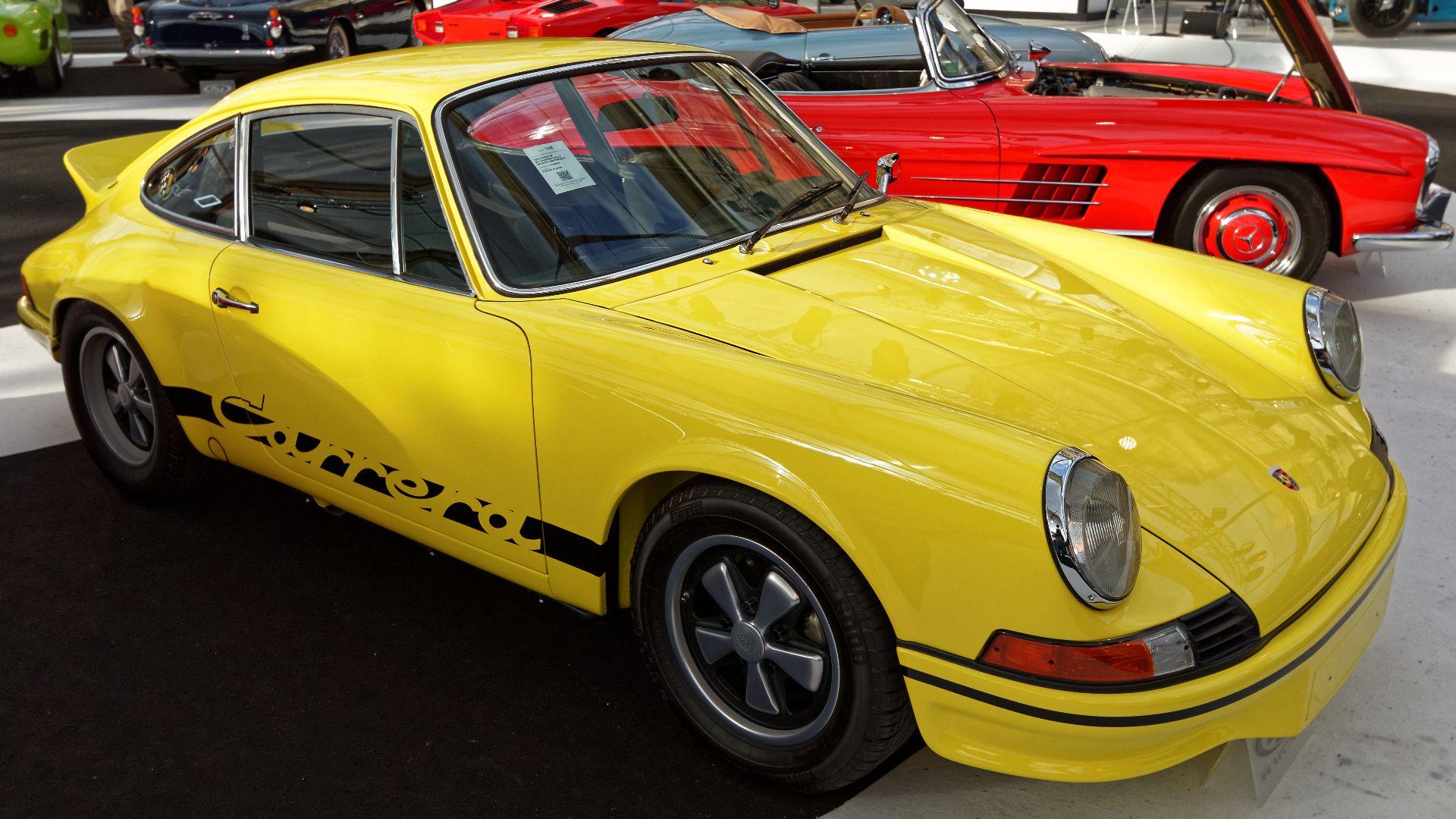 Thesupermat, Wikimedia Commons
Thesupermat, Wikimedia Commons
Jaguar XK150 S (1959)
The XK150 S marked a refined step in Jaguar’s legendary lineage. Its 3.8-liter straight-six produced 265 horsepower and sprinted to 60 mph in seven seconds. This ride balanced power with elegance, and it captured the polished confidence of British engineering.
 1959 Jaguar XK150 S | Functions by 1600Veloce
1959 Jaguar XK150 S | Functions by 1600Veloce
Ferrari 288 GTO (1984)
Ferrari’s 288 GTO packed a twin-turbo 400-horsepower V8 capable of 189 mph, which set new standards for road-legal racers. Designed for Group B competition, it never raced due to the series’s cancelation, and this just made its 272-unit run even more collectible and significant.
Porsche 959 (1987)
The 959 defined the 1980s supercar arms race. Powered by a 450-horsepower twin-turbo flat-six engine and featuring a variable all-wheel drive, it strikes a balance between power and control. The car’s advanced systems made it one of the most technically sophisticated production vehicles ever built.
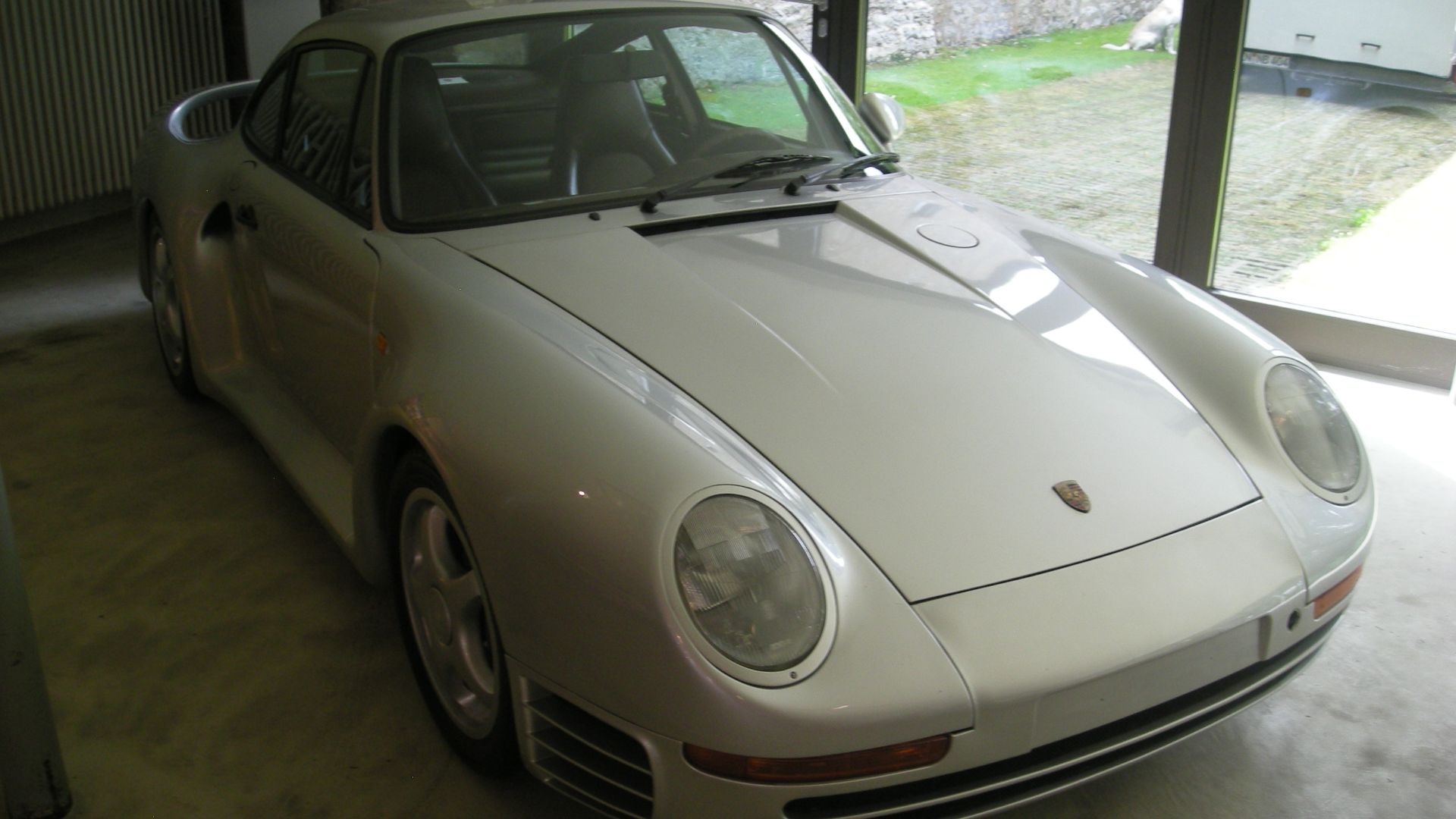 Michael Barera, Wikimedia Commons
Michael Barera, Wikimedia Commons
Dodge Viper RT/10 (1992)
Forget refinement; the 1992 Viper RT/10 existed purely for adrenaline—stripped bare with no roof or windows to get in the way of speed. Its massive 8.0-liter V10 delivered 400 horsepower, and it channeled Carroll Shelby’s racing ethos. This supercar lunged from zero to sixty in just over four seconds.
Chevrolet Corvette ZR-1 (C4) (1990)
The C4 Corvette ZR-1 fused American brawn with European engineering. The 5.7-liter LT5 V8—developed with Lotus—produced 375 horsepower, and it rocketed the car to 180 mph. That collaboration raised the Corvette into supercar territory and reshaped its global performance reputation.
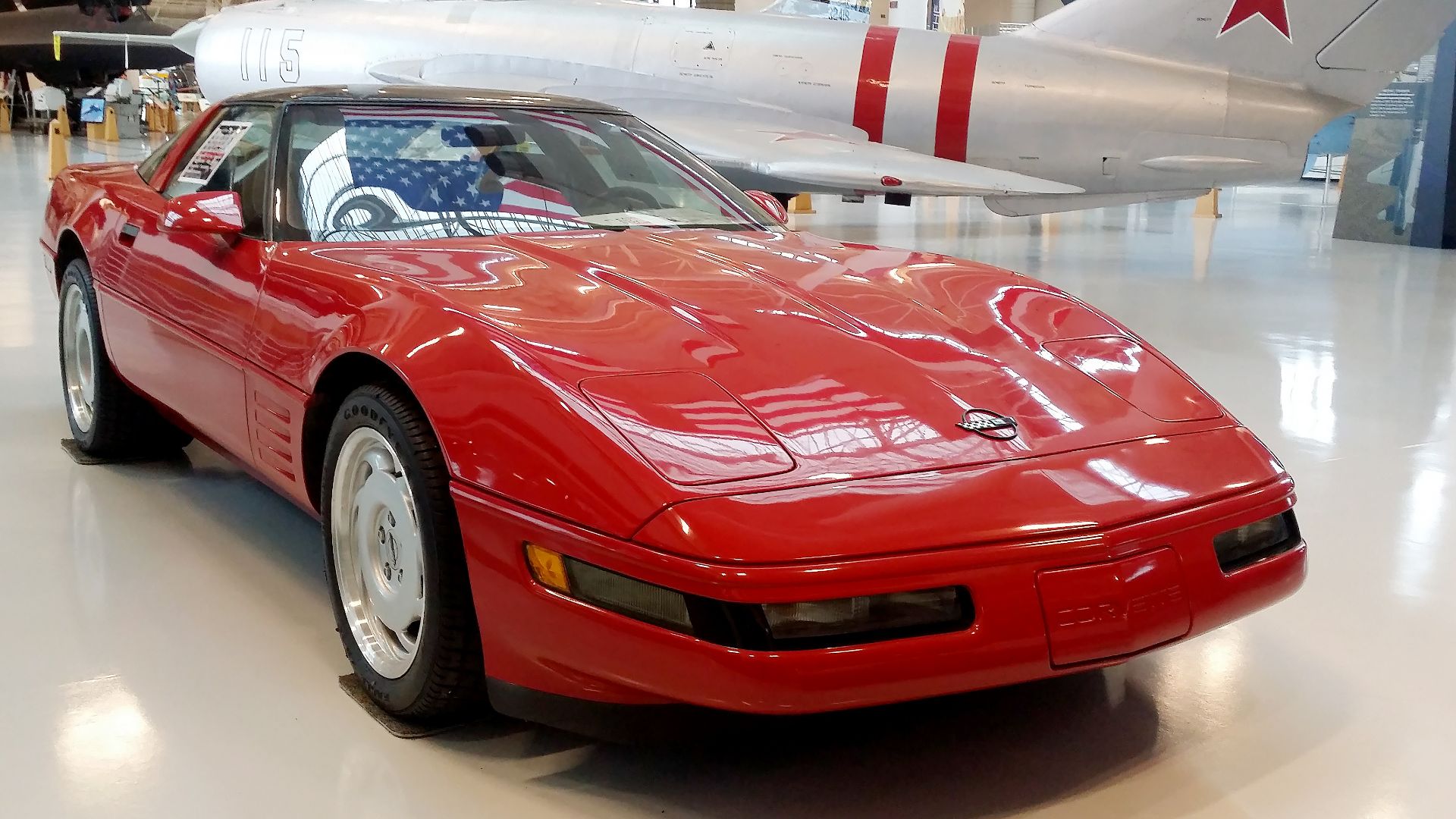 Eric Friedebach, Wikimedia Commons
Eric Friedebach, Wikimedia Commons
Nissan Skyline GT-R R32 (1991)
On paper, the 1991 Skyline GT-R R32 seemed restrained at 276 horsepower. In reality, its twin-turbo power, ATTESA E-TS all-wheel drive, and Super-HICAS steering proved it was anything but ordinary, especially in the early 90s.
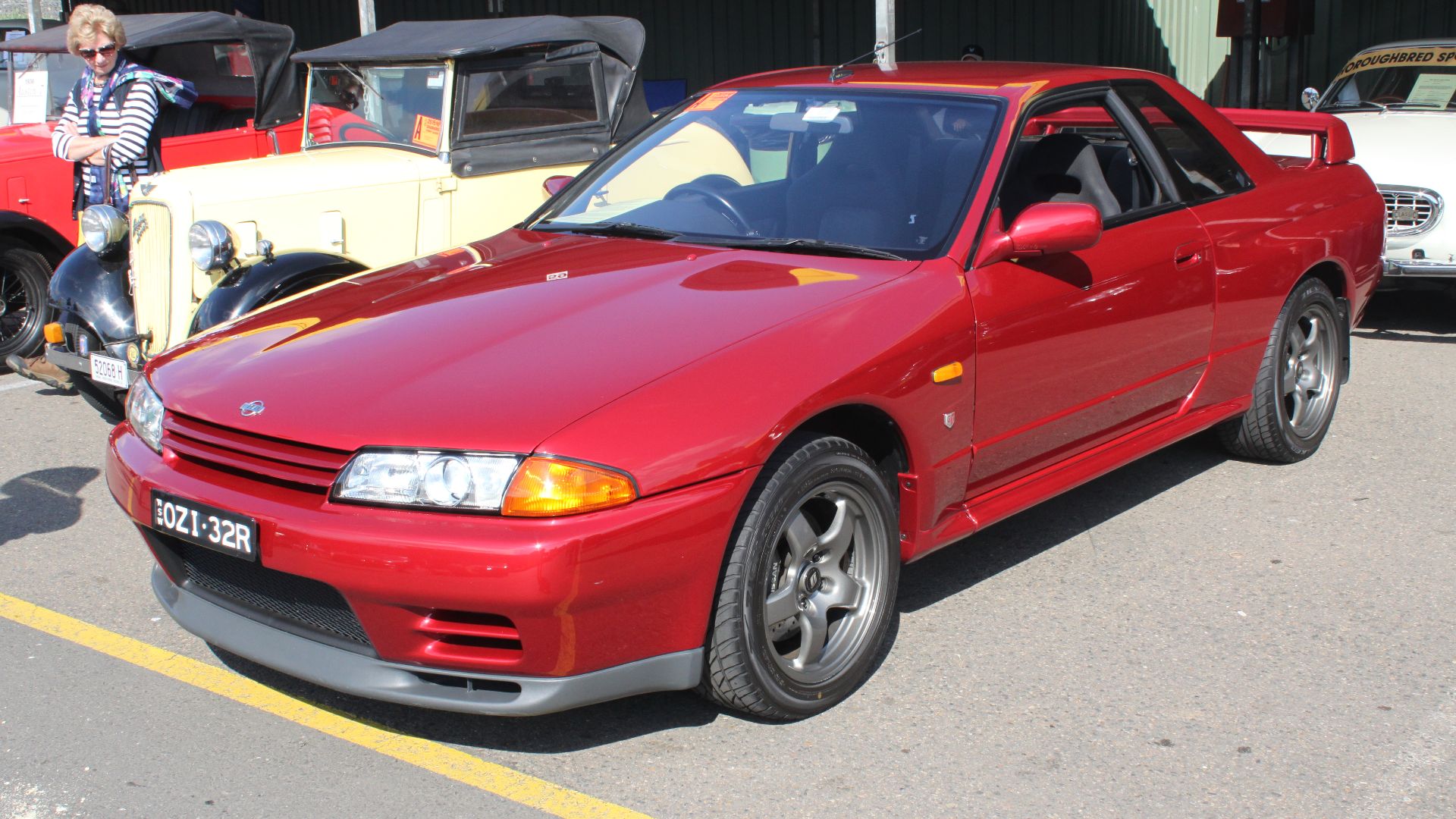 Jeremy from Sydney, Australia, Wikimedia Commons
Jeremy from Sydney, Australia, Wikimedia Commons
Mazda RX-7 FD (1993)
Mazda perfected harmony in motion with the 1993 RX-7 FD. Its lightweight 2,866-pound chassis, balanced 50:50 weight distribution, and 255-horsepower twin-rotor Wankel engine combined to create a driving experience that felt surgical, smooth, and deeply ahead of its time.
 1993 Mazda RX7 FD - 900 HP Beast! - Real Ridez 4k video by Real Ridez
1993 Mazda RX7 FD - 900 HP Beast! - Real Ridez 4k video by Real Ridez
Lotus Esprit Turbo SE (1989)
The 1989 Esprit Turbo SE hit 60 mph in 4.7 seconds, proving Lotus still knew how to outthink the giants. Its turbocharged four-cylinder engine produced 264 horsepower, and its sharp handling and mid-engine balance made it a pure, driver-focused marvel.
Porsche 930 Turbo (1975)
Few cars tested their drivers like this one. The 930 Turbo’s 3.0-liter flat-six had an output of 260 horsepower and a 155-mph top speed, and its unpredictable turbo surge made every shift a balancing act. It was an unforgettable lesson in control, precision, and the perils of pure speed.
Audi Quattro Sport (1984)
Audi’s Sport Quattro changed motorsport forever with its 2.1-liter turbocharged inline-five engine, which produced 302 horsepower through revolutionary all-wheel drive. With only 214 built to homologate its Group B rally weapon, this supercar proved compact engineering could dominate even the roughest rally stages.
 1984 Audi Sport Quattro: The Racer’s Daily by Petrolicious
1984 Audi Sport Quattro: The Racer’s Daily by Petrolicious
Lancia Stratos HF (1974)
Breaking tradition entirely, Lancia’s Stratos HF became the first car designed solely for rally domination. A Ferrari-built V6 produced 190 horsepower, and Bertone’s wedge profile sliced through air and gravel. Three straight World Rally Championships secured its legend and changed the sport forever.
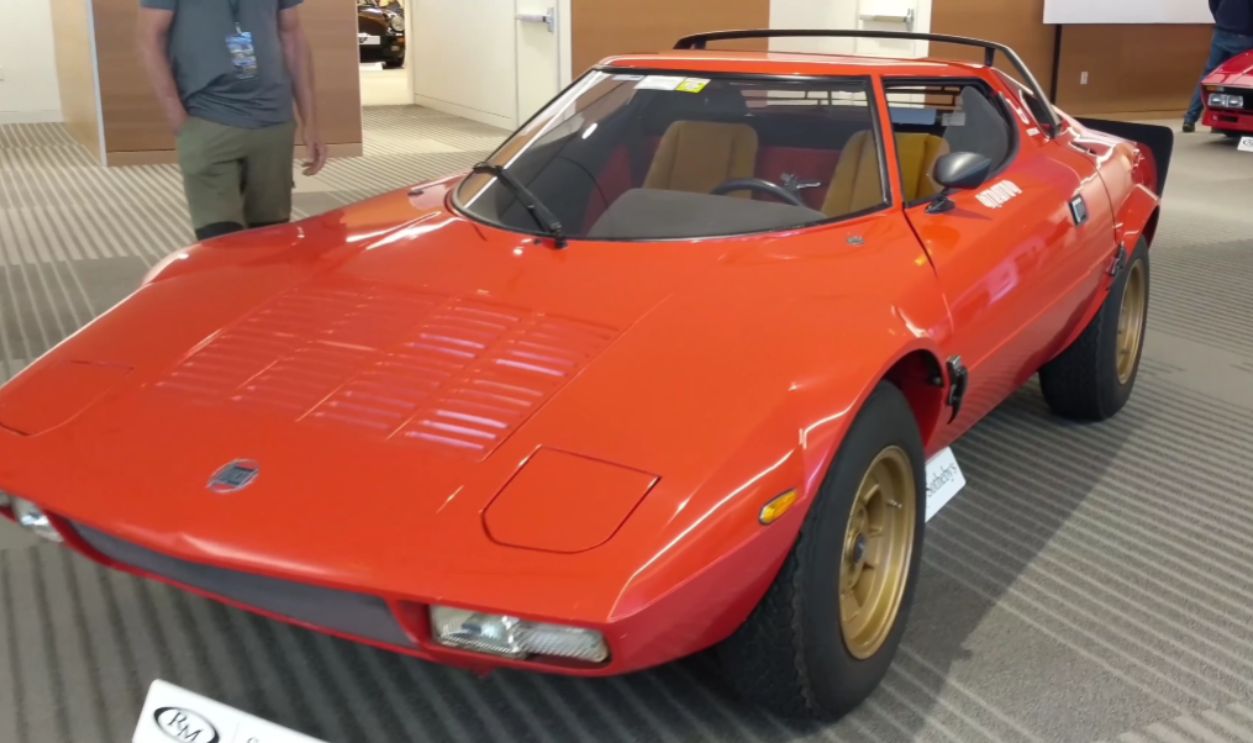 6,440 km 1974 Lancia Stratos HF by Richard Michael Owen
6,440 km 1974 Lancia Stratos HF by Richard Michael Owen
Ford RS200 Evolution (1985)
Born from Group B’s wildest ambitions, the RS200 Evolution turned fear into engineering. Under the hood, its 2.1-liter turbocharged engine punched out 600 horsepower through advanced four-wheel drive and a mid-engine setup. Only twenty-four examples exist, proof of an era when performance bordered on chaos.
 Reviving a Group B Legend: 1985 Ford RS200 EVO Drive & Review by Tons Of Gas
Reviving a Group B Legend: 1985 Ford RS200 EVO Drive & Review by Tons Of Gas
TVR Griffith 500 (1994)
Raw and unapologetic, the TVR Griffith 500 shunned the electronic aids its rivals embraced. A 5.0-liter V8 delivered 340 horsepower through sheer mechanical grit, reaching 60 mph in 4.1 seconds. Every drive was a pure, unfiltered connection between man and machine.
 1994 TVR Griffith 500 for sale walkaround by motodrome land rover
1994 TVR Griffith 500 for sale walkaround by motodrome land rover
Lamborghini Countach LP400 (1974)
Defining the word “radical,” the Countach LP400 tore up every design rule in sight. Angular lines, scissor doors, and a 3.9-liter V12 producing 375 horsepower made it a rolling revolution. Marcello Gandini’s creation for Bertone became the blueprint for future supercars.
Ferrari Testarossa (1984)
Few cars screamed the 1980s like Ferrari’s Testarossa. Its 4.9-liter flat-12 engine cranked out 390 horsepower, while those dramatic side strakes made it instantly recognizable. Thanks to Miami Vice, it transcended garages and became a pop-culture icon with a real performance pedigree.
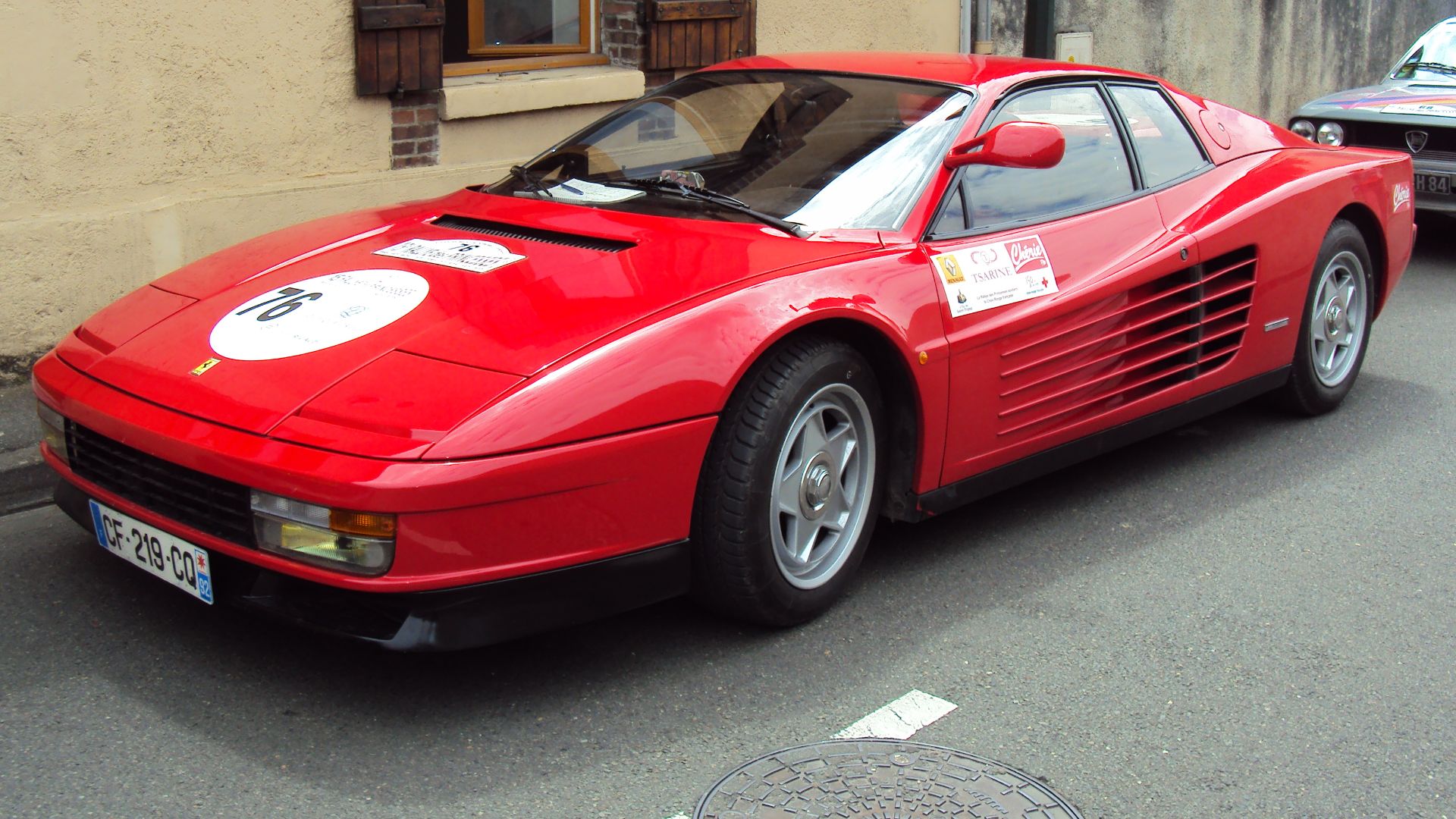 Blood Destructor, Wikimedia Commons
Blood Destructor, Wikimedia Commons
Vector W8 (1990)
Part supercar, part sci-fi experiment, the Vector W8 didn’t just drive—it roared into legend. Beneath its angular shell lay a 6.0-liter twin-turbo V8 engine with 625 horsepower and a top speed of 218 mph. Nineteen were made, each unapologetically wild and unmistakably American.
Bugatti EB110 (1991)
Nothing else in the early 90s matched the EB110’s technological leap. Its quad-turbo 3.5-liter V12 engine delivered 210 mph and a 3.4-second dash to 60 mph. A carbon-fiber chassis made it shockingly modern, bridging the brand’s past elegance with future hypercar innovation.
1993 Toyota Supra Turbo (A80)
For Japan’s performance crowd, the 1993 Supra Turbo was pure temptation. Its twin-turbo 3.0-liter 2JZ-GTE made 276 horsepower stock but thrived under pressure. That overbuilt engine fueled a tuning revolution and cemented the Supra’s global legend.
2009 Mercedes-Benz SL65 AMG
Grace met brute force in the SL65 AMG, a roadster capable of 200 mph. Its twin-turbo V12 produced 604 horsepower and 738 lb-ft of torque. Controlled by sophisticated electronics, it balanced refinement with raw energy in a way few grand tourers dared.
2013 Ford Mustang GT500
Muscle met madness in the 2013 GT500, whose supercharged V8 roared with 662 horsepower. It became the world’s most powerful production V8, yet stayed true to classic Mustang spirit—rear-wheel drive, manual gearbox, and a wild edge that thrilled enthusiasts everywhere.
2019 Chevrolet Corvette ZR1 (C7)
Raising the bar for American performance, the 2019 Corvette ZR1 packed a 755-horsepower supercharged V8 and hit 212 mph. Advanced aerodynamics met old-school aggression, creating a car that reminded the world just how far the Corvette had come—and how fast it still was.

